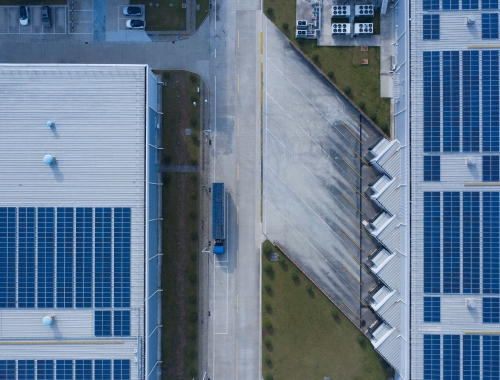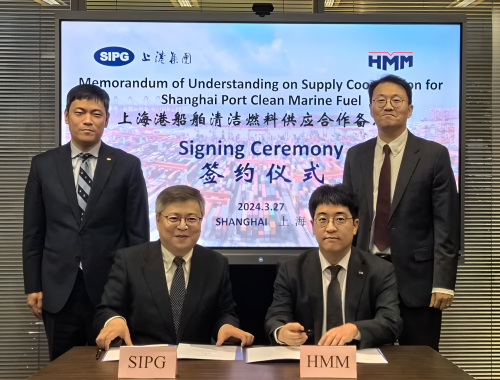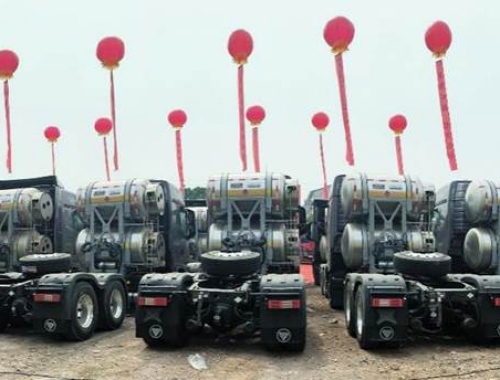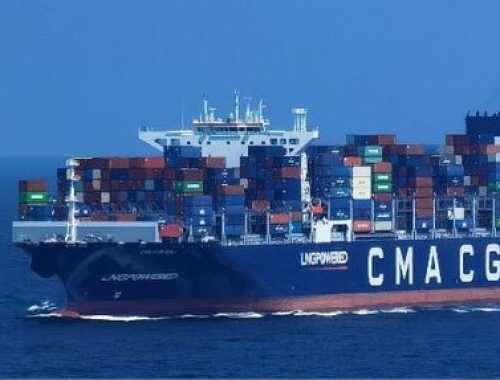Beijing unveils grand plan for tackling methane emissions
SUMMARY
It represents China’s first comprehensive step towards addressing methane emissions, but Beijing has faced criticism for a lack of firm numerical targets and timelines.
By Shi WeijunPOSTED IN:
China’s long-awaited plan for controlling methane emissions represents a promising and comprehensive first step in the country’s efforts to get a grip on the powerful but short-lived greenhouse gas (GHG), but a lack of hard numerical targets or timelines for cutting emissions means the policy could struggle for momentum in the years to come.
The Methane Emission Control Action Plan was jointly issued in early November by 11 departments in China’s central government – including the Ministry of Ecology and Environment (MEE), which led its publication, and the National Development and Reform Commission.
The plan represents China’s first national policy document specifically for methane emission control, and it is the top-level design and deployment of methane emission control work. It characterises China’s approach as to “control methane emissions in a scientific, rational and orderly manner”.
Methane has 86% more heating potential than CO2 over a 20-year timespan and is the second-largest contributor to anthropogenic global warming after CO2 – responsible for around 30% of the net global temperature increase since the start of the Industrial Revolution, according to the International Energy Agency (IEA).
China last reported methane emissions of 55.3mn tonnes for 2014, equivalent to 1.7-1.9bn t/year of CO2 and enough to make it the world’s largest emitter of the GHG. There have been no official updates since then, but the IEA has estimated the country’s methane emissions at 55.7mn t for 2022, or 15.6% of the global total.
The energy sector accounts for 46% of China’s methane emissions, making it a key element in the clean energy transition. More than one-third alone of total emissions is gas that escapes during the mining of coal, known as coal mine methane (CMM). In China CMM is sometimes conflated with coalbed methane (CBM), an unconventional gas that is extracted from underground deposits via above-ground drilling operations much like an onshore oil and gas field.
Long-awaited policy
With a focus on methane emissions from the energy, agriculture, waste and sewage sectors, China’s new action plan clarified for the first time the emission control targets and major tasks in the four areas by 2030. It also called for strengthening methane monitoring, accounting, reporting, and verification systems.
China’s methane plan had been eagerly awaited since November 2021, when Beijing committed to developing and releasing the document in a statement issued jointly with the US at the United Nations Climate Change Conference COP26 in Glasgow.
The plan did not materialise at the following COP27 event in Egypt’s Sharm El Sheikh in November 2022, but China signalled at the time it remained on the policy agenda when the country’s then-top climate negotiator Xie Zhenhua unexpectedly dropped in on a ministerial meeting at the event.
The meeting was a gathering of countries that signed the Global Methane Pledge, a US-EU initiative launched at COP26 in the UK that promises to collectively reduce methane emissions by at least 30% in 156 countries by 2030 from 2020 levels.
China remains one of 39 nations that have not signed, but methane abatement has been a longstanding policy concern for Beijing. In 2007 the State Council clearly stated in the China National Plan to Address Climate Change that efforts should be made to control the growth rate of methane emissions. Specific measures were then proposed in the Work Plans for Controlling GHG Emissions issued during the 12th Five-Year Plan (FYP) and 13th FYP periods, which covered 2011-2025 and 2016-2020, respectively.
There are several existing Chinese policies to tackle methane too, including a trial policy for CMM emission standards issued in 2008, a scheme launched in 2017 for domestic waste recycling, and the establishment of the China Oil and Gas Methane Alliance comprising major domestic energy companies in 2021.
Managing methane
Controlling CMM from coal sites is one of the key ways of getting China’s methane emissions under control. The amount of methane released by Chinese coal mines every year is equivalent to all of the natural gas transported annually by the three cross-country pipelines that comprise the West-East Pipeline network, and has a GHG effect on par with 200mn t of CO2.
Shanxi province in north China, which mined 30% of the country’s coal output in the first 11 months of 2023, is the main source of the world’s CMM emissions. The province emits 13.1mn t/yr of CMM, which is almost as much as the 13.8mn t/yr for the rest of the world combined, according to Global Energy Monitor.
Outside of coal mining, methane remains a significant and elusive challenge for the oil and gas industry. The vast majority of methane produced globally is sold as natural gas, but the industry’s challenge lies in its emissions of methane directly into the atmosphere, either intentionally through flaring and venting, or unintentionally through leaks.
At the heart of China’s new methane plan is an effort to strengthen domestic reporting systems and data management for emissions. This aims to tackle the main obstacle to methane emissions abatement, namely the lack of data and precise indicators that could enable improved measurement and tracking of emissions.
In November 2022, China’s climate envoy Xie had implied that data issues had constrained the country’s goal-setting progress for methane to some extent.
The plan emphasises data as the basis for improving methane emission control capabilities, and mandates large emission sources such as coal mines, oil and gas fields, breeding farms, landfills, and sewage treatment plants to implement regular data reporting gradually. National and provincial regional methane emission data will also undertake regular accounting.
The plan stipulates that China should “effectively increase” its ability to monitor, report and verify methane emissions from now until 2025 and “significantly increase” such ability between 2026 and 2030. It also seeks to establish frameworks for methane-related policies, technologies and standards in this decade.
During the 14th FYP period spanning 2021-2025, China will gradually establish a system for methane emission control policy, technology, and standards to effectively improve basic capabilities such as statistical accounting, monitoring, and supervision of methane emissions.
Over the 15th FYP for 2026-2030, China aims to further improve the policy and technical system, alongside enhancing accounting and supervision capabilities significantly. In the energy sector, the Chinese government will encourage and guide coal enterprises to increase the extraction and utilisation of CMM.
By 2025 China aims to utilise 6bn m³/year of CMM, a volume that corresponds to about 10% of the Chinese coal mining sector’s total CMM emissions. Controlling methane emissions from oil and gas field venting should be promoted by 2025 and by 2030 the gas collection rate of oil field-associated gas should reach an internationally advanced level.
Shortcomings
One disappointment from the plan has been the lack of quantitative targets to control emissions. Beijing responded to the criticism at the recently-concluded COP28 in Abu Dhabi, with Xie arguing the international community has misunderstood China’s methane plan.
“We should do this work step by step according to China’s own national conditions and at our own pace. We must insist on the sustainability of methane operations. This is China’s unswerving strategic determination,” Xie said at a side event at COP28.
The MEE, the branch of the Chinese government responsible for tackling climate change and emission reductions, has indicated Beijing will proceed cautiously in its methane reduction efforts. At a press conference for the plan’s release in November, a MEE spokesperson said implementation of the methane plan will “give full consideration to the actual affordability [of methane utilisation]… and take easy steps before difficult ones”.
The CMM utilisation objectives and targets outlined in the plan also do not address the elephant in the room – China’s coal mines are mainly responsible for its methane emissions. The only real solution therefore for China to reduce methane emissions is to close coal mines, but there would be zero political support for this option given domestic coal provides China with energy security and is a major source of employment.
This contrasts with the US and EU, where the main source of methane emissions is oil and gas. The difference could hamper cooperation by making it harder to convince Beijing to take faster and stronger action on methane emissions control, as reducing CMM emissions is harder and more costly than oil and gas. This may explain why China has not signed up to the Global Methane Pledge, as it will be harder for Beijing to meet than for the EU and US.
The IEA has estimated that minimising total methane emissions by 2030 would require just $75bn of investment, equivalent to roughly 2% of the estimated $4 trillion in revenue that the global oil and gas industry generated over 2023.







